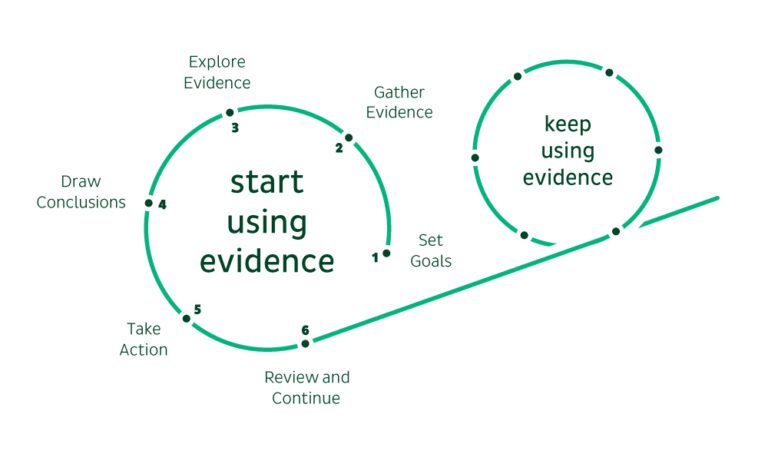@2021 invictIQ is a venture by Sprint Consultancy. All rights reserved. Privacy Policy.

Requires Improvement to Good – The Journey of Evidencing Improvements
by Mark Topps
There is often many articles and blogs written about how to achieve a Good or Outstanding Rating, but not many guides that tackle and support providers to improve their rating from Requires Improvement back to Good. I am delighted that InvictIQ are supporting me with a four-part series aimed at upskilling managers and providers. The four-part series will see us release:
- This blog that aims to talk you through some of the common challenges that care providers need to avoid, a quick dive into the rating system, and how to evidence your improvements.
- An infographic on some of the common pitfalls that providers fall into against each of the Key Questions so that you can put steps in place to prevent them happening to you.
- A guide about how to develop an action and improvement plan, the key people and steps to involve and how you can utilise feedback to back up the plan.
- A free downloadable action and improvement plan for you to use in your services to evidence improvements and action taken for the inspector.
Benefits of Improving Your Rating
None of us work or want to place a loved one in a service that is rated Inadequate or under Requires Improvement, including:
- Enhanced trust from the people you support and their representatives.
- Improved staff morale
- Improved recruitment and retention rates.
- Increased occupancy levels / customer enquiries (which in turn will lead to improved financial benefits)
- Possible improved resident wellbeing
- Increased safety
- Improved job satisfaction
- Low insurance costs
- Culture of improvement and compliance
This list is not exhaustive but there are far more benefits than negatives when it comes to improving your rating.
CQC’s Rating System
The CQC gives health and social care services they inspect one of four ratings:
- Outstanding: The service is performing exceptionally well.
- Good: The service is performing well and meeting our expectations. This is the rating that the majority of care providers have been given.
- Requires improvement: The service is not performing as well as it should and we have told the service how it must improve.
- Inadequate: The service is performing badly and we’ve taken action against the person or organisation that runs it.
CQC’s Scoring System
As part of the new Single Assessment Framework, the CQC released a new scoring system to give transparency and consistency across a 4-point scale which are:
- 1 = significant shortfalls
- 2 = some shortfalls
- 3 = good standard
- 4 = exceptional standard
Scores are given against each Quality Statement that is inspected, and for me, the benefit of this is that the scoring allows you to benchmark your performance against other care providers.
These scores are then converted into percentages to give each key question a rating:
- Inadequate: 25 to 38%
- Requires improvement: 39 to 62%
- Good: 63 to 87%
- Outstanding: over 87%
CQC’s Inadequate
An inadequate rating is given when two or more of the CQC’s five key questions have been rated as inadequate and the service will remain in special measures until improvements are made. There are times when during inspections there is concern for welfare and safety of the people working or using the service and enforcement action will be taken (this usually results in a re-inspection six months later)
Providers need to make the required improvements to their service before the next inspection. If the specified improvements have not been achieved, the CQC has the power to shut down the provider. For adult care social services, the time limit for staying in special measures without making necessary improvements is 12 months.
The pattern of quality ratings in April 2023 was very similar to that in April 2022:
- 4% of services were rated ‘outstanding’,
- 79% were rated ‘good’,
- 15% rated ‘requires improvement’
- 1% rated ‘inadequate’.
Common Shortfalls
Some of the common areas which result in providers being rated Inadequate or Requires Improvement include:
- Lack of evidencing the impact and outcomes on the people being supported.
- Lack of professional development
- Insufficient staffing levels
- Poor recruitment processes / gaps in staff files
- Medication errors
- Poor contingency planning
- Poor infection control
- Lack of involvement and control from the people using care services
This list is not exhaustive and InvictIQ have an amazing infographic on some of the common pitfalls that providers fall into against each of the Key Questions so that you can put steps in place to prevent them happening to you.
MORE ARTICLES


Mark Topps is a social care leader who has worked in the care industry since 2004 and is currently working as a regional support manager. He regularly advocates, appearing on television, radio and podcasts and has started many campaigns for change in legislation and culture within the industry. Mark is the co-founder of The Caring View which is a social care podcast, YouTube show and free resource initiative for the sector. He also co-founded The Health and Social Care Club, which is an audio event hosted on LinkedIn. Mark is also the social media and marketing director at the National Association of Care and Support Workers.
Share
Sign up for our newsletter
